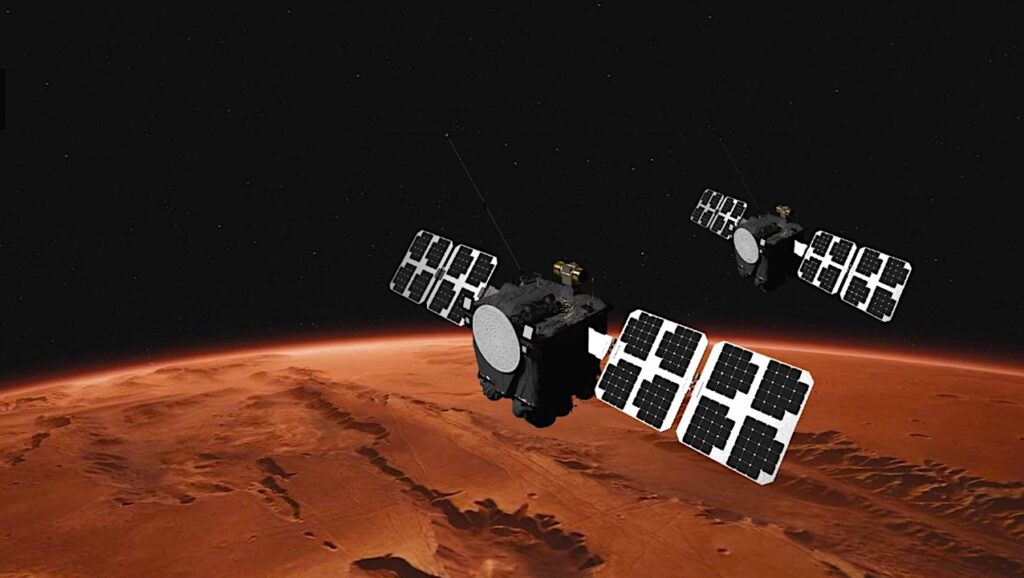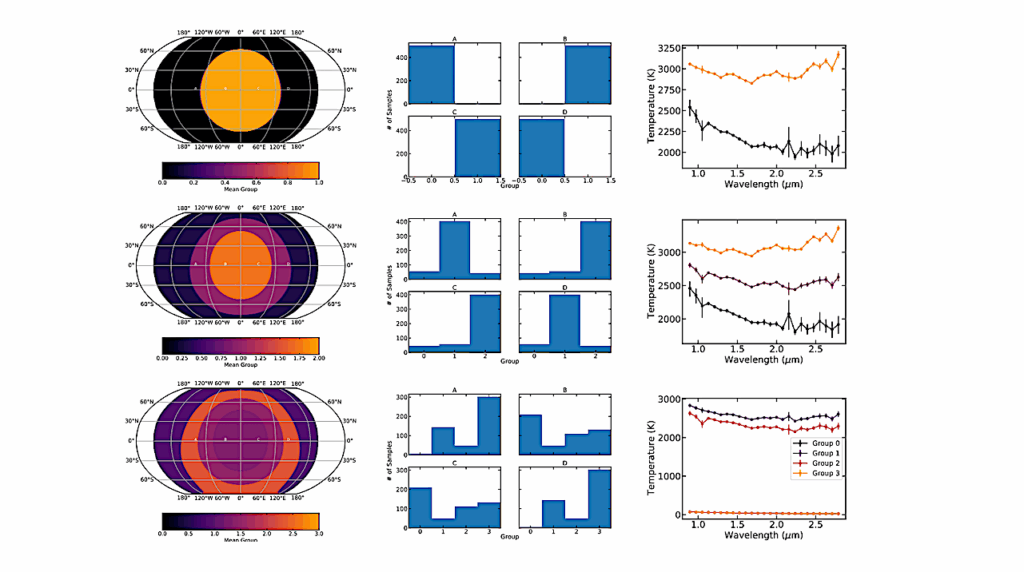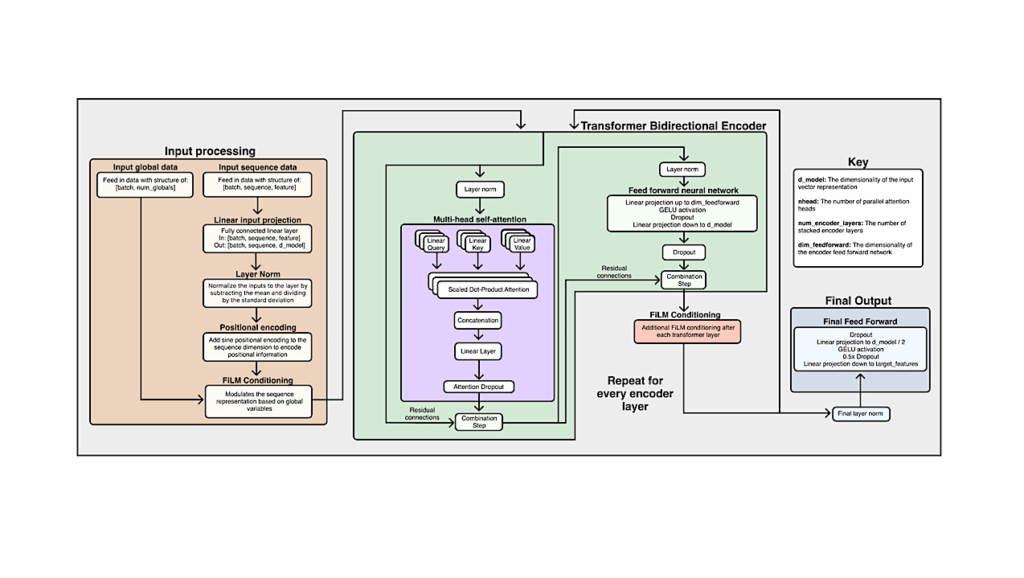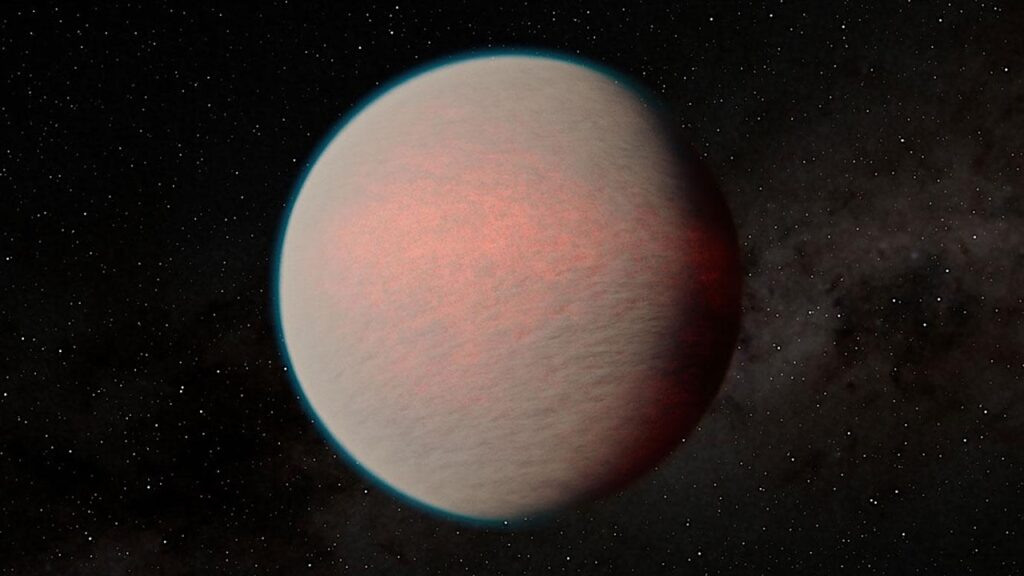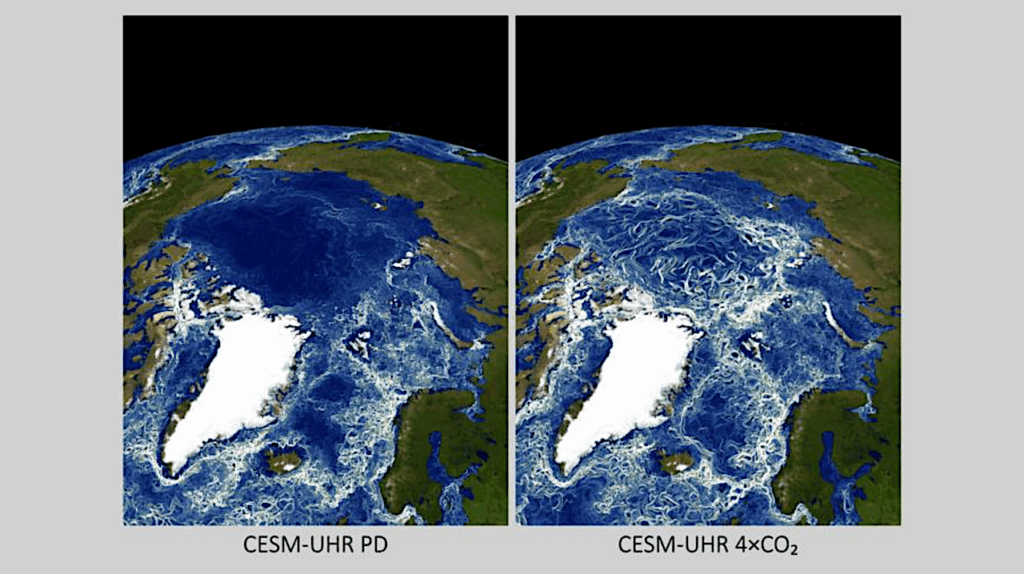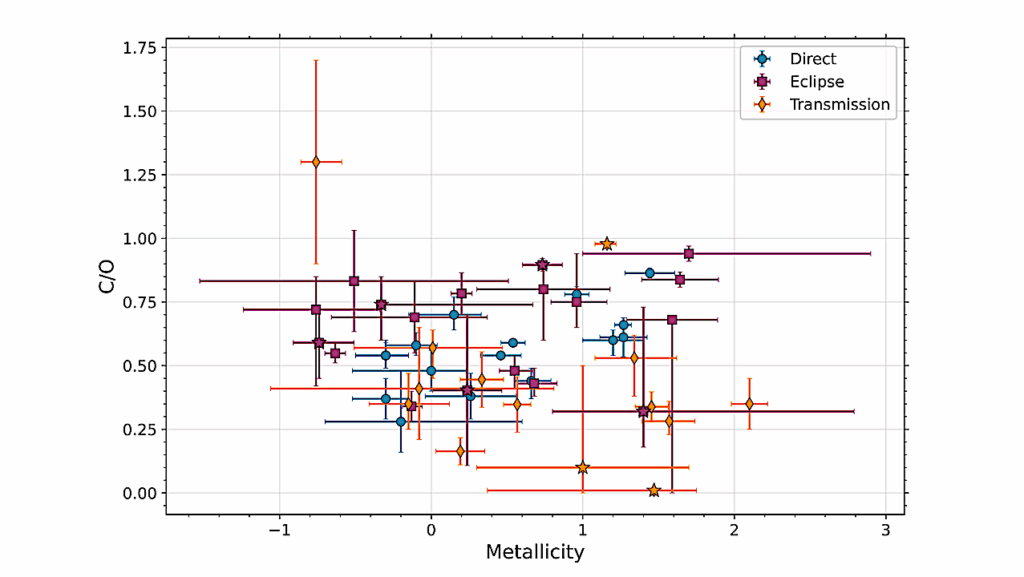The Hycean Paradigm in the Search for Life Elsewhere
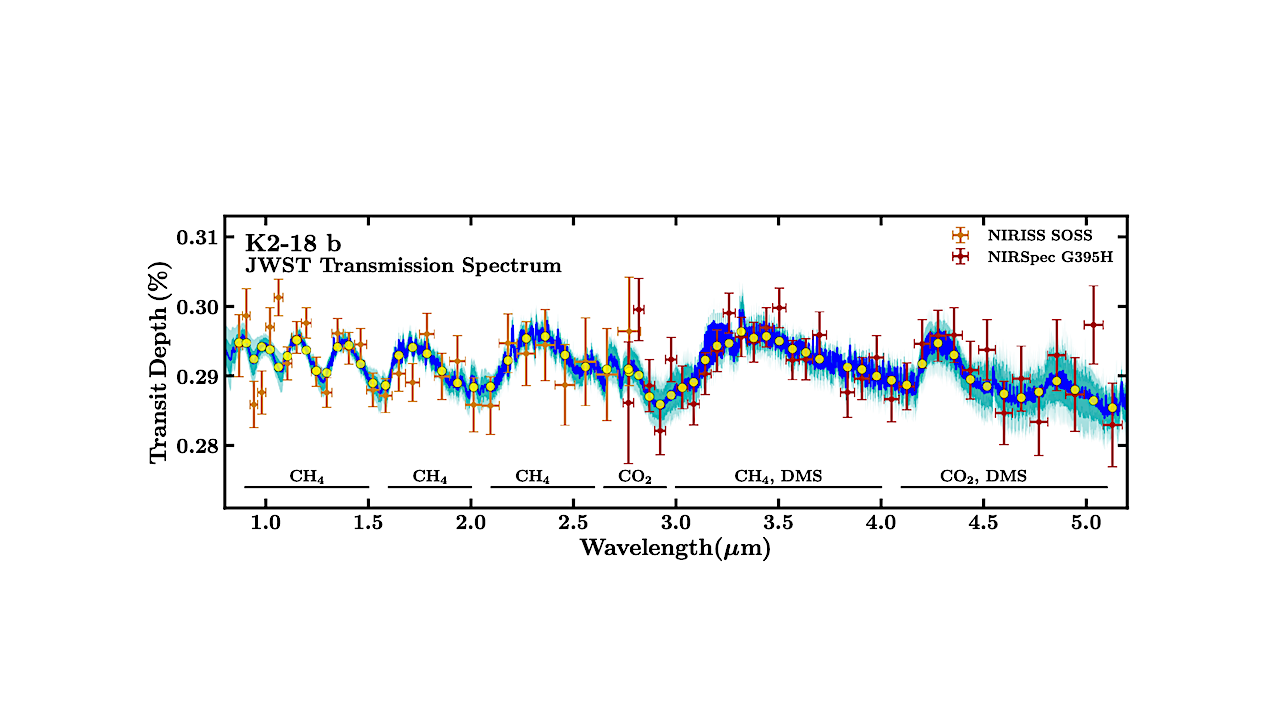
The search for habitable conditions and signs of life on exoplanets is a major frontier in modern astronomy. Detecting atmospheric signatures of Earth-like exoplanets is challenging due to their small sizes and relatively thin atmospheres.
The search for habitable conditions and signs of life on exoplanets is a major frontier in modern astronomy. Detecting atmospheric signatures of Earth-like exoplanets is challenging due to their small sizes and relatively thin atmospheres.
Recently, a new class of habitable sub-Neptune exoplanets, called Hycean worlds, has been theorized. Hycean worlds are planets with H2-rich atmospheres and planet-wide oceans with thermodynamic conditions similar to those in the Earth’s oceans. Their large sizes and extended atmospheres, compared to rocky planets of similar mass, make Hycean worlds significantly more accessible to atmospheric observations. These planets open a new avenue in the search for planetary habitability and life elsewhere using spectroscopic observations with the James Webb Space Telescope (JWST).
We observed the transmission spectrum of a candidate Hycean world, K2-18 b, recently with JWST in its first year of operations. The spectrum reveals multiple spectral features of carbon bearing molecules in the planetary atmosphere, leading to the first detections of methane (CH4) and carbon dioxide (CO2) in a habitable-zone exoplanet.
We discuss inferences of the atmospheric chemical composition and its implications for the atmospheric, interior and surface conditions on the planet, along with the possibility of a habitable ocean underneath the atmosphere. We discuss new observational and theoretical developments in this emerging frontier and their implications for exoplanetary habitability and search for life elsewhere.
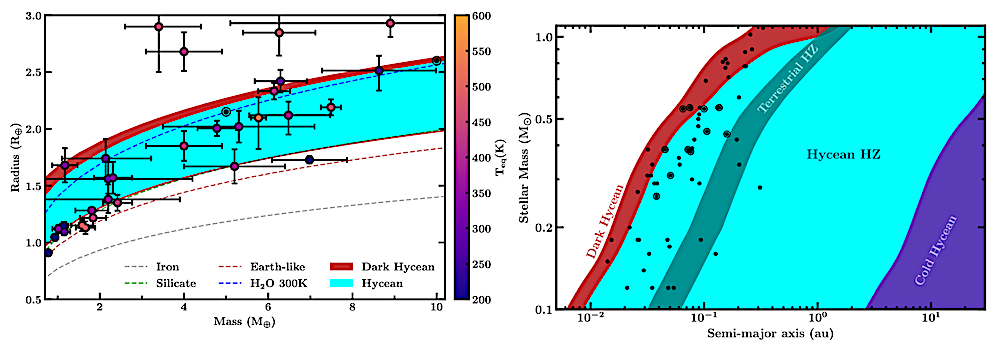
The Hycean mass-radius (M-R) plane and Habitable Zone (from Madhusudhan et al. 2021). The left panel shows the range of masses and radii possible for Hycean worlds. The dashed lines show M-R curves for planets with uniform compositions as noted in the legend. The circles with error bars denote several known exoplanets. The right panel shows the Hycean habitable zone. The cyan, dark-red, and purple regions show the habitable zones for regular, Dark (nightside), and Cold (non-irradiated) Hycean planets, respectively. The terrestrial habitable zone is shown in teal (Kopparapu et al. 2013). Black circles denote several known sub-Neptune exoplanets. The planets with concentric circles indicate promising Hycean candidates. — astro-ph.EP
Nikku Madhusudhan
Comments: To be published in “Astrophysics: The James Webb Space Telescope: from first light to new world views”, proceedings of the Pontifical Academy of Sciences workshop February 27-29 2024, Vatican City, E.F. van Dishoeck and G. Consolmagno (eds)
Subjects: Earth and Planetary Astrophysics (astro-ph.EP)
Cite as: arXiv:2406.12794 [astro-ph.EP] (or arXiv:2406.12794v1 [astro-ph.EP] for this version)
https://doi.org/10.48550/arXiv.2406.12794
Focus to learn more
Submission history
From: Madhusudhan Nikku
[v1] Tue, 18 Jun 2024 16:59:16 UTC (1,690 KB)
https://arxiv.org/abs/2406.12794
Astrobiology, Astrochemistry,


